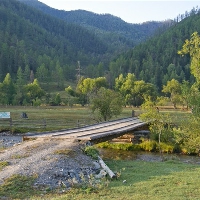The schools suitable for college students to take the postgraduate examination are Renmin University of China, Beijing University of Technology, Beijing Jiaotong University, Tianjin University, Nankai University, Huazhong University of Science and Technology, Wuhan University, Hunan University, Jishou University, Xiangtan University, Jilin University, Yanbian University, Changchun University of Technology, Hebei University, Henan University
Expand Details
